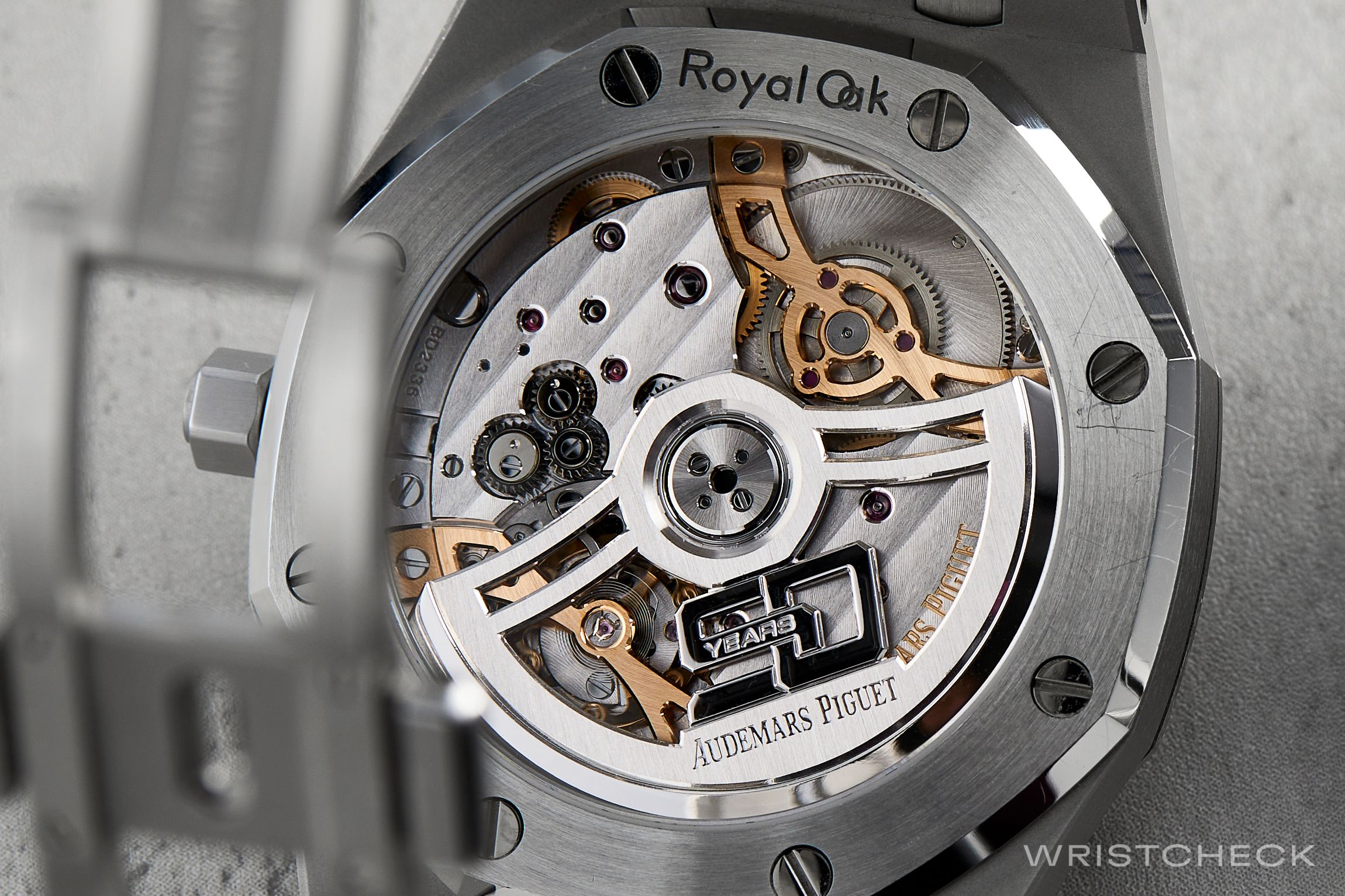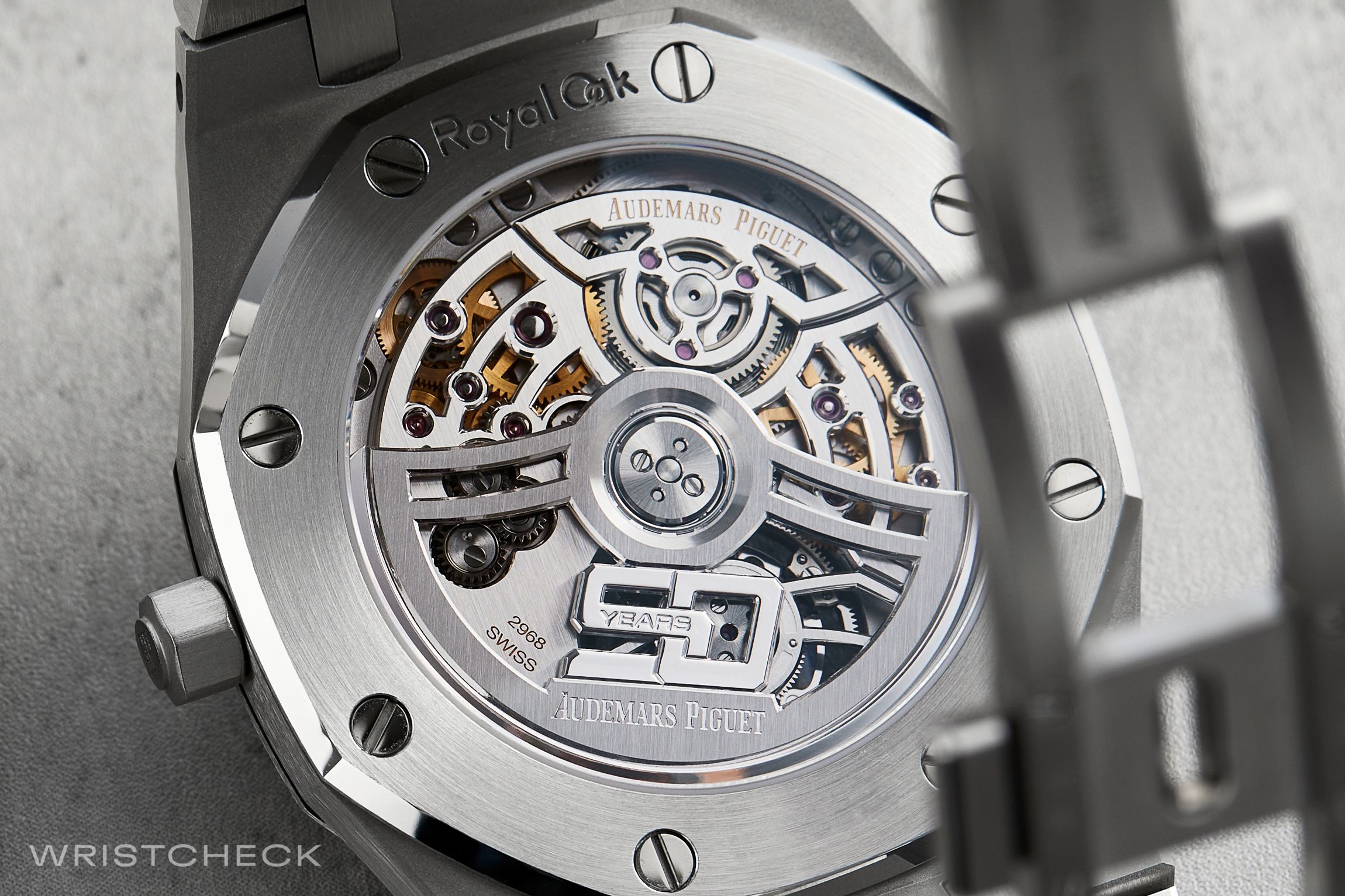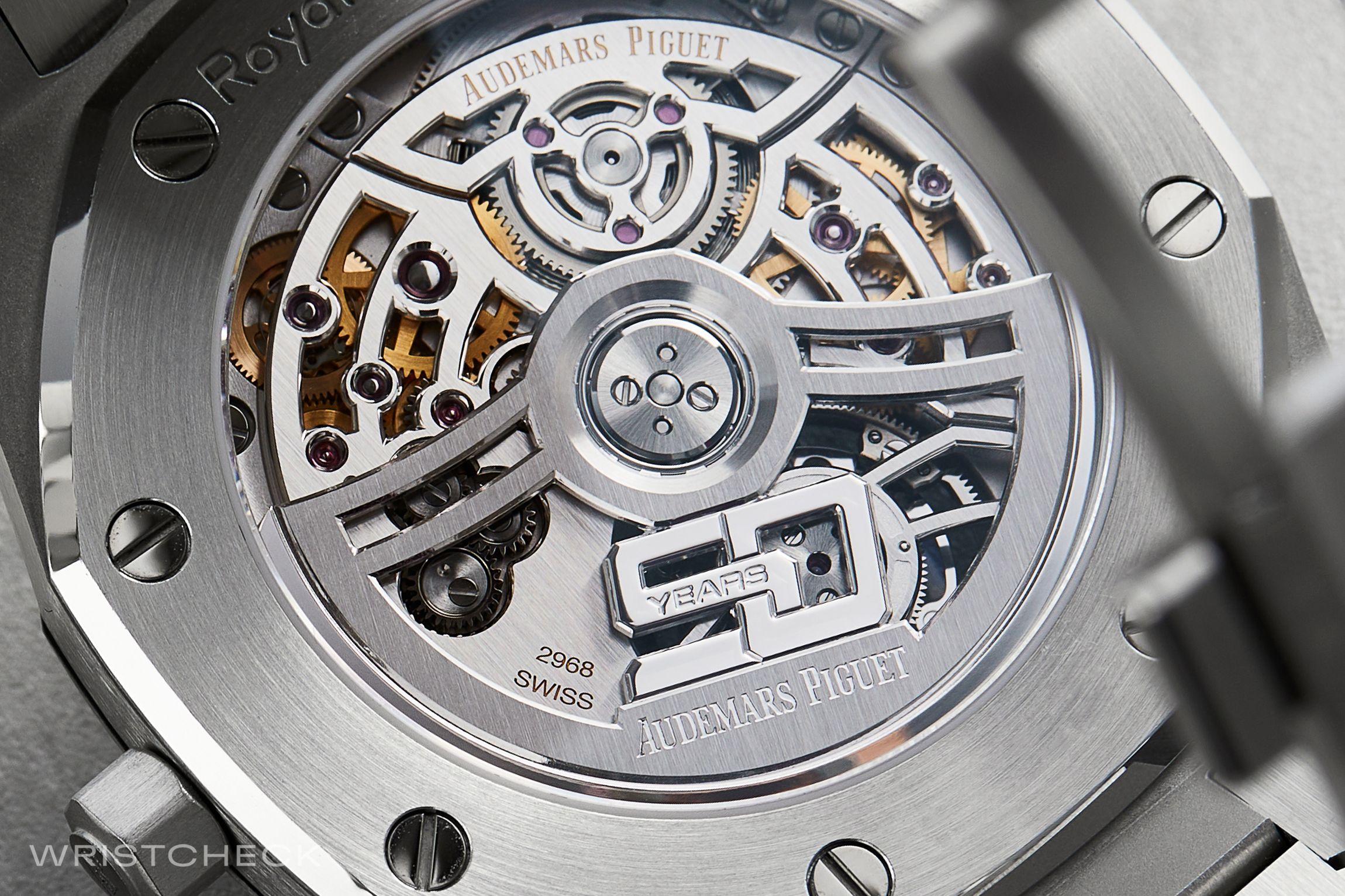
Audemars Piguet Royal Oak Ref. 16202ST vs Royal Oak Selfwinding Flying Tourbillon Extra-Thin RD#3
Powered by an entirely new calibre, while the Ref.16202ST is the most accurate reinterpretation of the original Royal Oak ‘Jumbo’, the RD#3 with its flying tourbillon is the most modern expression of the OG. We explore and see what makes these watches so similar, yet so different
A watch that feels to have been around since the beginning of time, the Royal Oak has enjoyed 50 years at the very top of the horological landscape. Launched in 1972 as Audemars Piguet’s answer to the Quartz Crisis, it has been produced across a plethora of case sizes, with a whole range of dial options, complications and a variety of materials. Arguably one of the most significant watches ever released, what can one compare with a Royal Oak? Honestly, not much. But today, we would like to examine two significant variants of the Royal Oak and pit them against one another — the Royal Oak Jumbo Ref. 16202ST and the Ref. 26670ST, popularly known as the RD#3.
So Similar, Yet So Different
Often, when we explore different watches, the main things we notice are all of the blatantly obvious differences. However, the Ref. 16202ST and the Ref. 26670ST are similar right off the bat, and that’s what makes them so interesting to explore. To truly dive into a watch's design is to read between the lines — look beyond superficial design choices and explore the reasons behind why a certain choice was made. This is exactly what we intend to do while comparing the Ref. 16202 with the Ref. 26670. While both the watches are faithful to the original Royal Oak “Jumbo” Ref. 5402, they are still two very different timepieces.

What It Means To Be 'Jumbo'
When the Royal Oak was originally released in 1972, its 39mm case was incredibly polarizing. Not only was it garishly huge compared to most other watches at the time, particularly from a brand held in high regard and typically associated with dress watches, but its entire construction was a departure from what was deemed acceptable. Its exposed white gold screws, octagonal bezel, rubber seal and integrated bracelet were totally unconventional. A luxury watch wasn’t supposed to have such an audacious design.

While to some people it might just be an unusual watch case, and perhaps I am romanticising things a touch, but the Royal Oak ‘Jumbo’ is more than just a watch design. For AP, it's a fundamental part of their identity that deserves preservation, so with the Ref. 16202 and the RD#3, AP have done exactly that – they have sought to preserve their most iconic design, and oh boy, have they succeeded.
The Constructions
While featuring the exact same dimensions doesn’t seem to be that big of a deal, it actually is. As I mentioned earlier, a watch is a relatively pedestrian tool on the face of things, but that's before you examine things and delve deeper. Like the fractal edges of a snowflake, a watch gets more complex and impressive as you delve deeper into it.

The Ref. 16202ST measures 39mm in diameter and is 8.1mm tall, which is 1.1mm taller than the original Ref. 5402, mainly due to the new Cal. 7121 that's 3.2mm thick vs the 2.45mm thick Cal. 2121 seen in Ref. 5402. However, the surprising thing here is that the RD#3 also measures 8.1mm tall, all while featuring a self-winding flying tourbillon. You see, the ref. 16202 is a faithful re-issue of the Royal Oak Ref. 5402, but the RD#3 is a modern interpretation of it. The first ever 39mm Jumbo to feature a tourbillon, it preserves the Royal Oak's original identity, and this is what makes this watch so special. AP have not only fitted a tourbillon inside the Royal Oak as they have before but have also succeeded in doing so while keeping this watch as close to the Ref.16202 as possible.


RD#3 : AP's Coolest Selfwinding Flying Tourbillon
I must admit, horological engineering does fly over my head sometimes. I don’t have the most in-depth knowledge of how movement mechanics work. Still, AP's RD projects have fascinated me since the first watch from their Research & Development team led by APRP – Audemars Piguet Renaud & Papi was launched in 2015, the Royal Oak Concept Minute Repeater Supersonnerie RD#1 that took eight years of work. They followed this up in 2018 with the RD#2, the Royal Oak Self-Winding Perpetual Calendar Ultra-thin and finally, they have followed that up with the RD#3 that we have here. Except, this watch is not a concept piece but a production piece. After five years of hard work developing its movement, AP have created the Cal. 2968, which takes a tourbillon design typically reserved for 41mm watches and fits it inside a 39mm watch without impacting its thickness.


To do this, AP had to revisit the automatic flying tourbillon movement to reduce its thickness. They achieved this by repositioning specific components and equipping the titanium tourbillon cage with a peripheral drive. The combination of titanium and a peripheral drive means that the regulating organ is lighter, and energy distribution is improved. This allowed them to lift the tourbillon to dial level and reduce the impact of the tourbillon’s thickness on the case. Measuring just 3.4mm, which is a mere 0.2mm more than the automatic cal. 7121 in the ref. 15202, the RD#3 is a staggeringly impressive watch. A seemingly simple design change was indeed a fiercely complicated task, and after five years of hard work, AP have succeeded in making it look effortless, so much so that these two blue dialed beauties would be impossible to distinguish if not for the gaping hole in the RD#3’s “Bleu nuit nuage 50” “Petite Tapisserie” dial.


The Takeaway
While it would have been easier for AP to release another 41mm flying tourbillon Royal Oak and call it a day, they took on five years of hard work to present a watch that is virtually identical to its sibling with a jumbo case but bestowed with the historically important complication — the tourbillon. Indeed, AP have done a lot with the tourbillon. In 1986, they expanded upon its place in horology by creating the first series-production self-winding tourbillon wristwatch with the Cal. 2870. Often in watchmaking, things are quite cyclical, just like the spin of a tourbillon, and in few places that's more fitting than here with the Jumbo Ref. 16202 and its tourbillon-touting cousin, the RD#3, another piece of the puzzle for AP and their cherished Jumbo Royal Oak.



